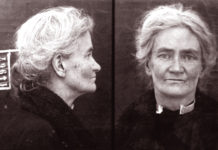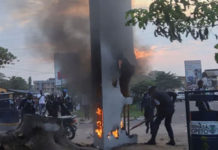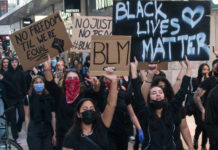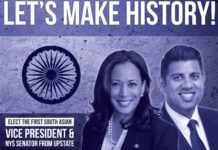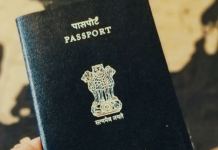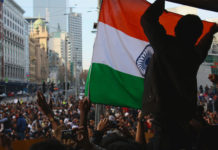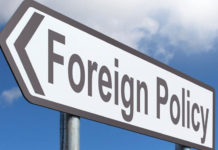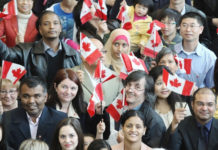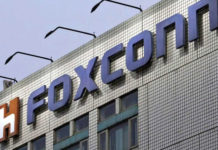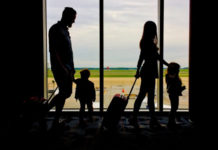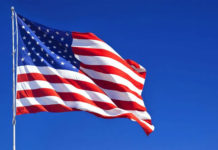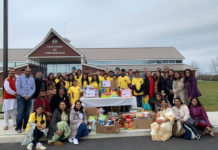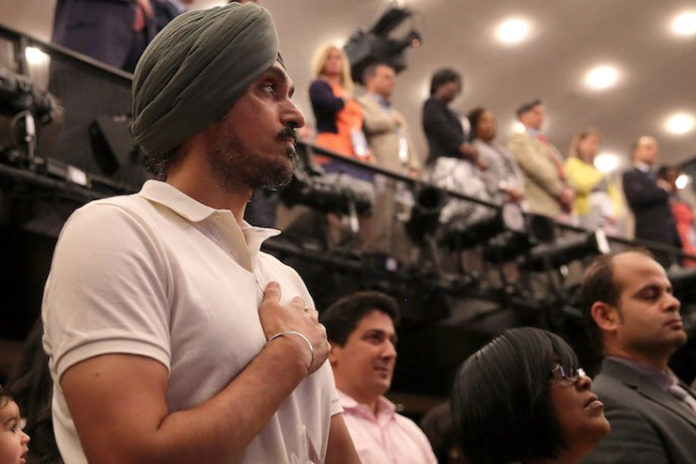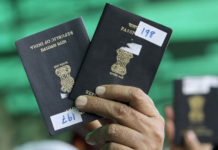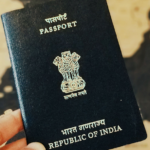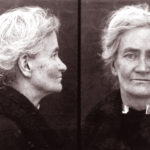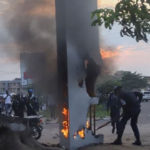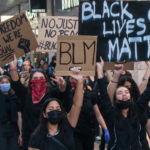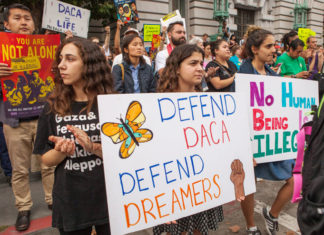Ever since the rise of Donald Trump, the stay of Indians in the U.S. has been tentative with a new rule popping up every so often that puts Indians in risk.
A series of measures taken by the Trump administration has guaranteed that the hopes of securing the much-sought-after H-1B visas become tougher, not just for techies, who are its biggest beneficiaries, but also their spouses and kids. Even students who aim to attend colleges in the U.S., home to seven of the world’s top 10 colleges, are disheartened.
The recent measures include finalizing of a draft rule to revoke H-4 visa holders’ right to work and tweaking the H-1B visa rules to favor advanced degree holders from the U.S. colleges.
“The attacks on the H-1B programme is the administration’s engineered way to attack Indians, just as the attacks on the asylum law and DACA (Deferred Action for Childhood Arrivals) revocation were engineered to attack the Latino community and the travel ban the Muslim community,” said Hassan Ahmad, immigration attorney and advocate, and political candidate for the house of delegates in Virginia.
Since majority of Trump’s arguments remain on his agenda “America First” and bring jobs to the country’s citizens, according to experts it would end up hurting America’s firms and economy as there is a significant shortage of qualified STEM (science, technology, engineering, and mathematics) workers in the U.S. and Indians, among other talents from abroad, help employers fill this gap.
Spouses Face Uncertainty
Earlier this month, the Department of Homeland Security (DHS) delivered its draft rule on revoking the H-4 Employment Authorization Document (EAD), which allows spouses of H-1B workers awaiting green cards to work in the U.S. for the last four years, to the office of management and budget.
If this right to work is revoked, it “would make it impossible for some 100,000 individuals to continue working in the US, despite the fact that they already have an approved green card petition,” said Doug Rand, co-founder of Boundless Immigration, a technology company that helps families navigate the immigration process.
Indians held nearly 80 percent of the 125,000 H-4 visas issued in 2015, and women account for 90 percent of all the dependent visa holders.
Students Undergoing Hardship
In order to prioritize visa applications with advanced degrees from American universities, the order of the H-1B lottery was recently flipped by which students may face hardship as the possibility of hiring would be less at the undergraduate level, unless the students determine an alternative route to the H-1B.
“In some cases, candidates on optional practical training (OPT) visa are getting hired if they can show that they will not need sponsorship in the near future, that is, a green card application is pending based on family sponsorship or a pending EB-5 visa application,” Lohia said.
Under the EB-5 visa category, the U.S. grants permanent residency to foreign nationals who invest a minimum of $500,000 (around Rs 3.5 crore) into the country.
In the short term, the U.S. citizens and green card holders are probable to be advantageous as the job opportunities at the entry-level are more available to them. Also, migrants using any visa other than the H-1B don’t have much to lose, experts said.
By Sowmya Sangam


